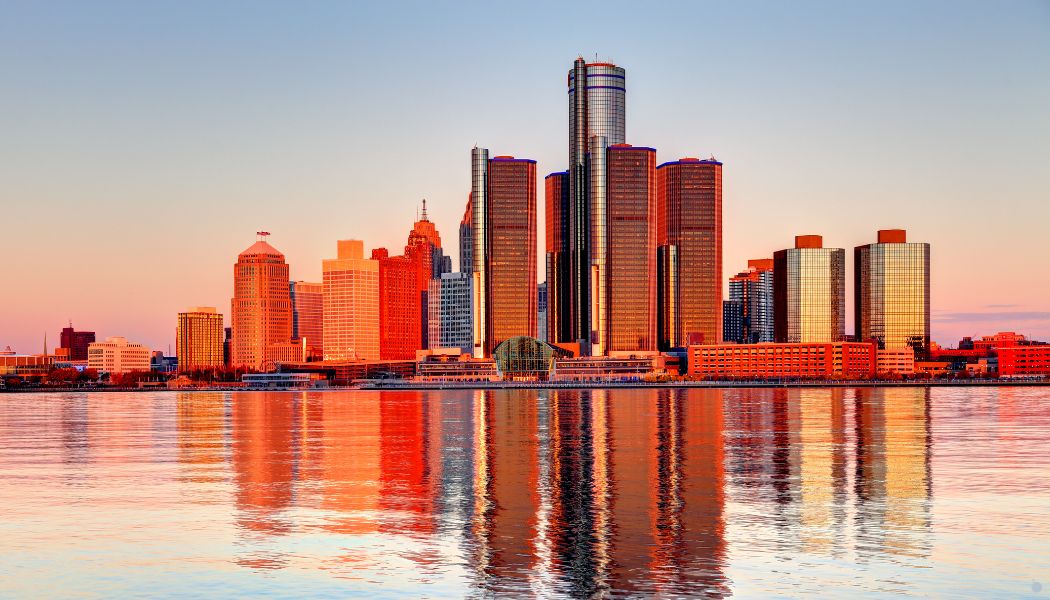Cities to Avoid With Asthma
Asthma can be a difficult condition to live with. But if you live in certain cities with excessive amounts of smog, pollution and bad air quality, asthma can prove to be even more debilitating.
This article will list some of the top cities to avoid with asthma, as well as common treatment options.
1. Bakersfield, California
Bakersfield, CA consistently ranks high for having especially dirty air conditions and poor air quality. The combination of agricultural activity, oil production and a dry climate makes it challenging for asthma sufferers.
2. Springfield, Massachusetts
Did you know that Springfield, MA has some of the highest rates of asthma prevalence and emergency room visits related to asthma? In fact, some studies even call it the number one asthma capital of the entire country. Pollen and air quality issues further exacerbate this issue, making it a particularly challenging area for people with asthma to live.
3. Cleveland, Ohio
Cleveland, OH suffers from industrial pollution and high pollen counts, both of which can trigger asthma attacks. It reports a high level of residents with asthma. In fact, studies show a shocking statistic: that one in every six women living in Cleveland has asthma. Additionally, its fluctuating weather conditions can exacerbate symptoms.
Related Search Topics (Ads)
4. Detroit, Michigan
Detroit, MI has exceptionally high levels of industrial emissions and vehicle pollution, making it a particularly tough environment for asthma sufferers. The city also struggles with access to quality healthcare for many residents, which only exacerbates the issue.
5. Allentown, Pennsylvania
Allentown, PA was named the most challenging place to live with asthma in 2023, with high rates of asthma cases and emergency room visits. In fact, Allentown has the highest score for emergency room visits of all the cities in 2023. The biggest contributing factors to this high ranking is most likely due to Allentown’s relatively few smoking laws, high levels of pollen and poor air quality.
6. Memphis, Tennessee
High levels of humidity, pollen and air pollution contribute heavily to Memphis, TN’s spot on this list. These factors can combine to create a particularly challenging environment for anyone living in Memphis, but particularly for those struggling with asthma.
7. Oklahoma City, Oklahoma
Oklahoma City, OK struggles from high pollen counts, strong winds that stir up dust and ozone pollution. These issues make it a difficult place to live for those with asthma.
8. Poughkeepsie, New York
Aside from air pollution and poor air quality, Poughkeepsie, NY has an interesting reason for being on this list. In fact, it has a very low proportion of asthma specialists available, according to the AAFA. The AAFA also reports that Poughkeepsie has a lot of residents with asthma.
9. Atlanta, Georgia
Atlanta, GA struggles quite a lot with high pollen counts and traffic-related air pollution, both of which can aggravate asthma symptoms.
Other Factors to Consider
Air pollution and smog are not the only factors that come into play when looking at a city’s impact on asthma patients. Additional factors include:
- Seasonal impact.
- Climate change.
- Socioeconomic factors.
- High levels of cigarette smoke.
Managing Asthma
Fortunately, if you have asthma and live in one of these cities, there are ways to comfortably exist. In fact, there are lots of effective treatment options available and ways to combat high levels of pollution. Some of the most common options include:
- Air purifiers. Use air purifiers at home to reduce indoor allergens and pollutants.
- Regular medication. Make sure you’re using your prescribed medication, such as inhalers and corticosteroids. This can help you combat your symptoms.
- Allergen reduction. Figure out if you have any allergies or triggers, and do your best to minimize exposure to them. Common allergens include dust mites and pet dander.
- Monitoring air quality. Use apps or websites to check daily air quality and plan outdoor activities accordingly.
- Humidifiers. Maintain optimal indoor humidity levels to prevent respiratory irritation.

